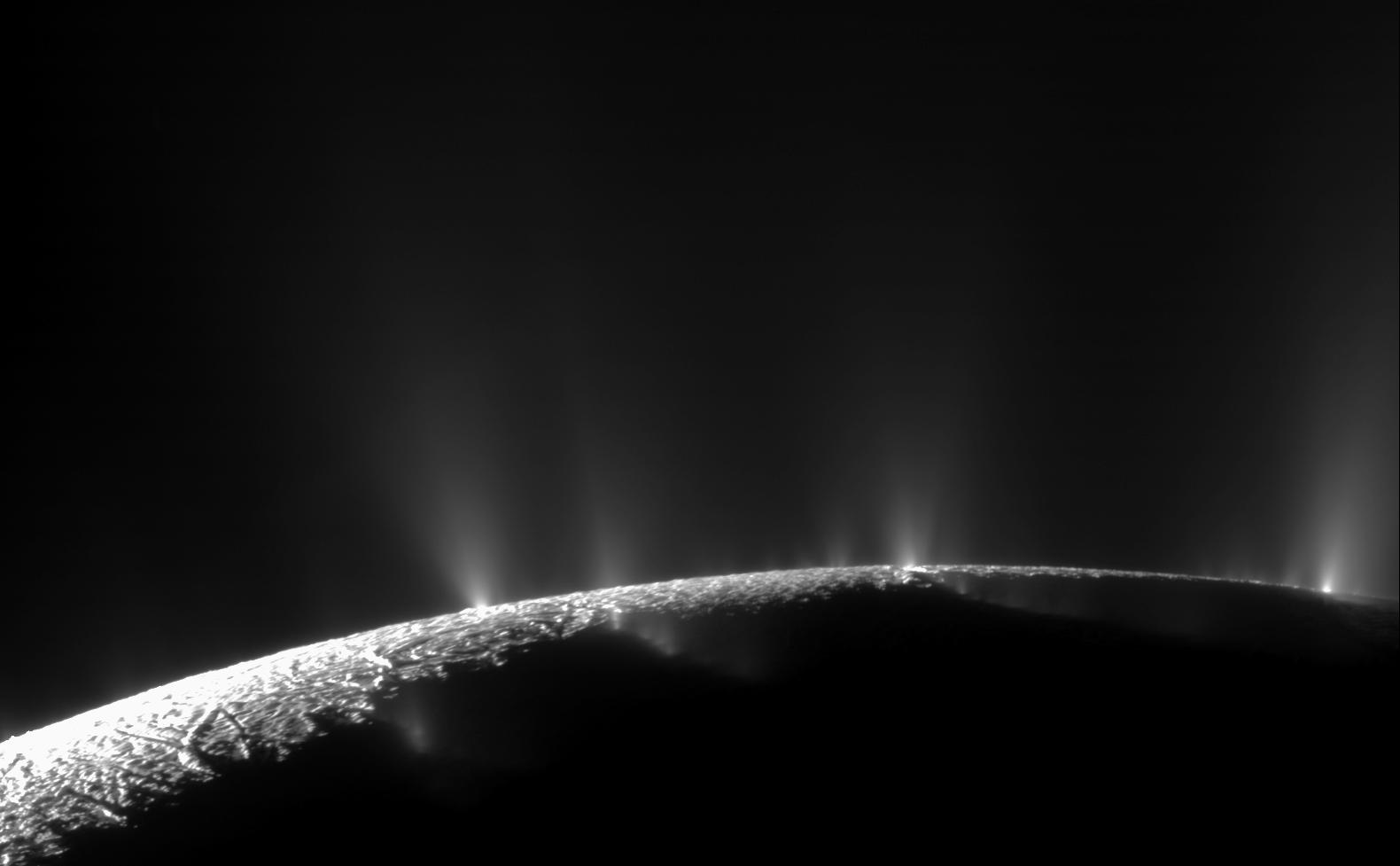4 min read
Cassini is orbiting Saturn with a period of 15.9 days and inclined 46.3 degrees from the equatorial plane. The most recent spacecraft tracking and telemetry data were collected on Nov. 21 by the Deep Space Network's 34 meter Station 34 at Canberra, Australia. Except for the Cassini Plasma Spectrometer, which is off, and the failed Ultrastable Oscillator, the spacecraft continues to be in an excellent state of health with all its subsystems operating normally. Information on the present position and speed of the Cassini spacecraft may be found on the "Present Position" page at: http://saturn.jpl.nasa.gov/mission/presentposition/
Sequence Implementation Process teams continued working on the ten-week command sequences S77, S78, and S79, which will go active on Cassini in January, March, and June, respectively. Meanwhile, commands from the on-board S76 sequence controlled the spacecraft's activities in flight.
Wednesday, Nov. 14 (DOY 319)
The Composite Infrared Spectrometer (CIRS) mapped Titan's stratospheric temperatures, continuing to monitor seasonal change. The Imaging Science Subsystem (ISS) rode along (took advantage of spacecraft pointing) to take images at the beginning and end of the CIRS observation.
The Radio Science team acquired data from two Deep Space Network (DSN) supports today, concluding their study of the solar corona in this year's Superior Conjunction Experiment (SCE).
Thursday, Nov. 15 (DOY 320)
ISS tracked features in Saturn's atmosphere to measure the winds by making mosaics in longitude, and using filters to measure polarization, as the Ultraviolet Imaging Spectrograph (UVIS) and the Visible and Infrared Mapping Spectrometer (VIMS) rode along. This observation was repeated on Saturday and again on Tuesday.
Today, and again on Saturday and Sunday, CIRS measured oxygen compounds (H2O and CO2) in Saturn's stratosphere as a function of latitude, with UVIS riding along.
Friday, Nov. 16 (DOY 321)
Today and again on Sunday and Tuesday, UVIS performed extreme- and far-ultraviolet imaging of Saturn with slow scans across Saturn's visible hemisphere to form spectral images, with ISS riding along. The Magnetometer then executed a calibration, rotating the spacecraft about its X axis to determine sensor offsets.
Orbit Trim Maneuver (OTM) 335, the post-T87 trajectory cleanup maneuver, was performed today using the main engine. The 1.4 second burn provided a delta-V of about 250 millimeters per second.
Saturday, Nov. 17 (DOY 322)
Commands had been prepared and approved for a backup OTM to execute today, in case some anomaly were to have prevented yesterday's primary opportunity from being used. This is normally done for every OTM. Fortunately, no anomalies have ever forced the use of a backup OTM.
Sunday, Nov. 18 (DOY 323)
The DSN tracked Cassini on eight occasions this week, supporting commanding, providing Doppler and ranging data for navigation, capturing science and engineering telemetry, and radio science data for the SCE. The round-trip light time between Earth and Cassini is currently 2 hours 57 minutes 30 seconds and decreasing by a few seconds each day.
Monday, Nov. 19 (DOY 324)
Having coasted to an altitude of 2.03 million kilometers from Saturn, Cassini passed through apoapsis going 9076 kilometers per hour with respect to the planet. This marked the start of Cassini's 175th orbit of Saturn.
The Attitude and Articulation Control Subsystem team performed a calibration of the Stellar Reference Unit.
For eight and a half hours UVIS observed while the bright star Vega (Alpha Lyrae) was occulted by Saturn's rings and atmosphere.
An image of the F ring displaying some of its rich dynamics was featured today. "Ring Shines" may be seen here:
/resources/15668.
The feature titled "Art for Science's Sake" was published. It maybe viewed here:
https://solarsystem.nasa.gov/news/12744/art-for-sciences-sake/.
Tuesday, Nov. 20 (DOY 325)
ISS led an observation in the Titan monitoring campaign from a distance of 2.6 million kilometers.
The U.S. winners of the 2012 Cassini Scientist for a Day Essay Contest were announced today. More than 2000 students from 36 states entered the contest. Entries were judged by 25 flight team members who volunteered their time. Winners are listed here:
http://saturn.jpl.nasa.gov/education/scientistforaday11thedition/winners2012/.







